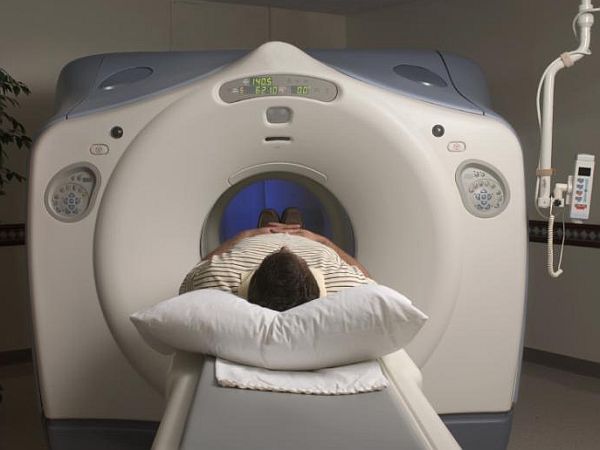The standards of treatment in the clinic allow specialist doctors to provide approximately the same medical care to patients, regardless of the location of the medical institution and the level of knowledge of the doctor himself.

What it is?
The treatment standards in the clinic are a normative document that regulates the procedure for providing medical care to patients with a particular pathology. It indicates specific diagnostic and therapeutic measures, as well as drugs that can be used in each of the situations.
The treatment standards in the clinic consist of a detailed description of the procedure for establishing a diagnosis. Opposite each of the diseases, there is an exact description of what the doctor should do when it is identified. In this case, not only therapeutic, but also diagnostic measures are described.

Relevance
Currently, treatment standards in the clinic are in almost every country in the world, including in the Russian Federation. The following facts can be attributed to their undoubted advantages:
- Doctors receive a clear document, which is developed using the knowledge and experience of the most competent colleagues in each branch of medical science.
- The document allows you to reduce the likelihood of incorrect or inaccurate treatment, as it clearly spells out which drugs are recommended to be used to combat the disease in the first place.
- It helps the doctor to verify the assigned diagnostic and therapeutic measures with their reference list, which allows you to make timely adjustments to the patient management plan.
Today, every doctor in an outpatient department, according to his specialty, must have treatment standards in a clinic for therapy, surgery or other medical sectors.

disadvantages
Despite the undoubted practical benefits of the development of this document, it also has its drawbacks, the main ones of which are the following:
- the doctor decreases the range of opportunities for medical and diagnostic measures;
- in case of deviation from the standards, even if the doctor made the right decision regarding the diagnosis and treatment of the patient, complaints from the supervisory authorities may be brought against him.
The range of possibilities in patient management is especially narrowed in the case of diseases that have many possible development mechanisms and, accordingly, a wide variety of drugs can be used to treat them. For example, the standards for the treatment of hypertension in the clinic have their drawbacks. They do not spell out the whole spectrum of the variety of medicines and physiotherapy that can be used in the fight against this dangerous disease.
The problem of modern standards of treatment and diagnosis is the fact that they are not able to cover the whole spectrum of those problems that may arise in a patient; they pay too little attention to the individual characteristics of each person. As a result, far from all people, the healing process is proceeding at a sufficient speed, and the course of the disease decreases its activity. All this leads to a large number of controversial issues between the doctor himself and medical officials, who believe that you can not deviate from the standards.

About helping children
Pediatrics is also present in the standards of treatment in the clinic.This area of medical knowledge has always been given special attention in the formation of unified approaches to identifying and combating various diseases. The pediatric standards of treatment and diagnosis are significantly expanded in comparison with the documents regulating assistance to the adult population.
Ways of development
These documents are constantly being improved. When developing more advanced methods of diagnosis and treatment, introducing them for widespread use, the necessary adjustments are made to the regulations governing the provision of assistance to adults and children. At the same time, documents often lag somewhat behind the actual use of certain techniques by specialists, since their approval requires numerous bureaucratic procedures.

In the future, it is planned to significantly expand treatment standards, including to increase the possibilities of providing high-quality, full-fledged medical care at the outpatient stage. This will be possible with the improvement of the material and technical base of healthcare institutions. The greatest changes can undergo the standards of treatment in the outpatient clinic. Doctors of outpatient health care institutions will have the opportunity to more actively use hospital-replacing technologies, and patients will be able to receive quality medical care, without having to be hospitalized in a hospital. This will save a fairly large amount of money and will contribute to improving the quality and expanding the volume of outpatient care.
What was before the standards of treatment and diagnosis?
Prior to this extensive document, doctors had to be content with official recommendations developed at the level of ministries and health departments. For example, there were no standards for the treatment of osteochondrosis in the clinic, which summarizes all the basic information about methods of controlling and detecting this disease. Instead, there were many separate documents that regulated the provision of medical care. At the same time, many recommendations on the same pathology could significantly differ, or even completely contradict each other. These recommendations were not always sent to every healthcare organization and were not binding. As a result, many doctors prescribed treatment, not relying on modern (at the time of their activity) scientific data, but provided assistance as they used to do for decades, which did not contribute to the speedy recovery of patients and the detection of diseases in the early stages of their development.

Legal Aspects
Today, treatment standards, both in outpatient and inpatient health care facilities, are mandatory documents. In the event that the patient has any complications or complaints about poor-quality care, the first thing the inspector draws attention to is to comply with all the points prescribed in the standards for diagnosis and treatment. If the doctor provided assistance contrary to them, then he will not be able to avoid claims and punishment, even if it turns out that in a particular situation the doctor’s actions were justified and could not worsen the patient’s condition.
